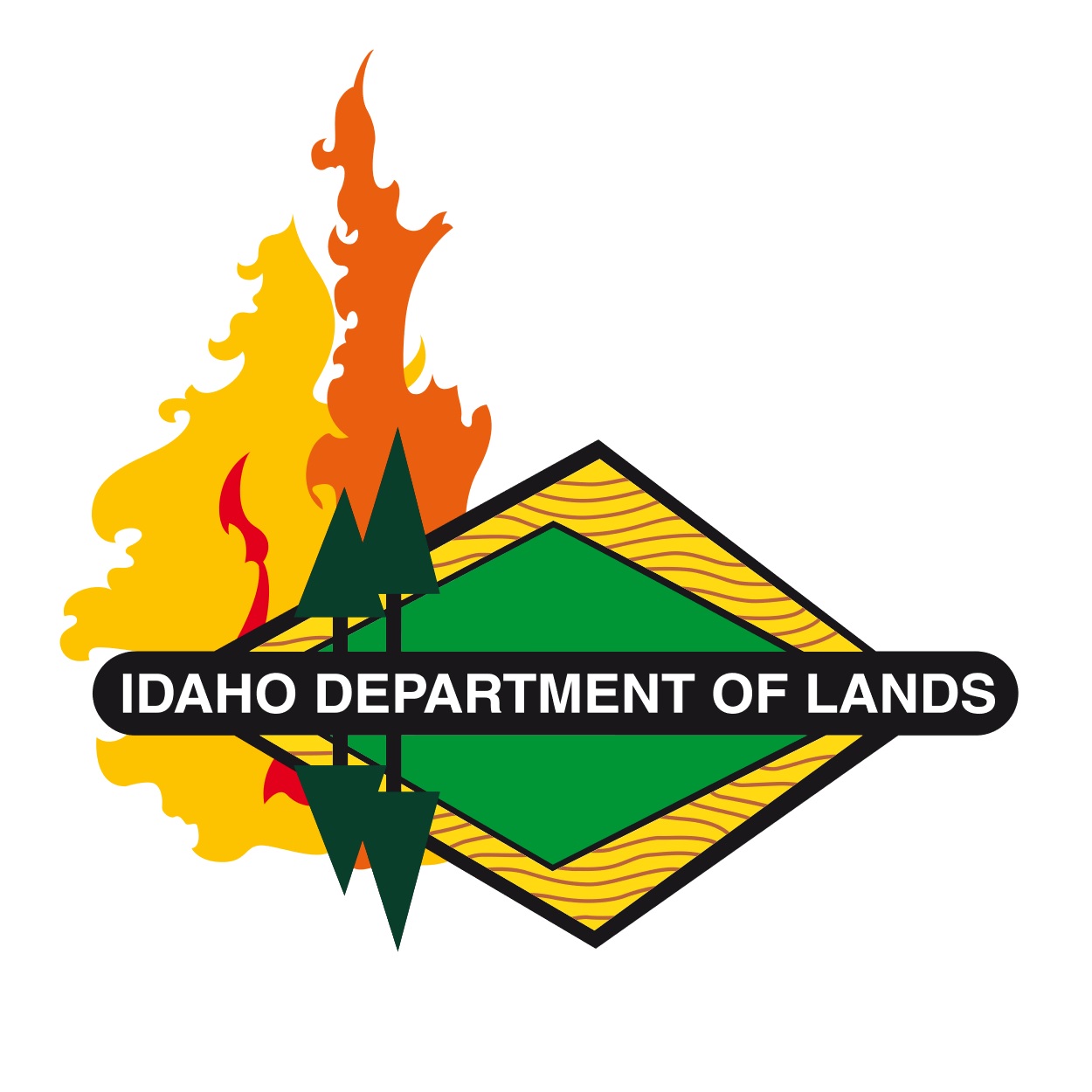Governor tours the Coeur d’Alene Interagency Fire Cache
Tuesday June 14, 2022Coeur d’Alene, ID – Governor Brad Little toured the Idaho Department of Land's Coeur d'Alene Interagency Fire Cache as part of a wildfire preparedness review on Tuesday, June 14.
While there, he announced a new web-based Wildfire Alert System.
In prior years, the Idaho Department of Lands (IDL) heavily relied on social media and its website to share information about wildfires with the public. Now, Idahoans can sign up for text or email alerts about wildfires on land protected by IDL by visiting www.idl.idaho.gov/alerts.
The new alert system supports the Governor's Leading Idaho initiative to enhance public safety.
When a fire under IDL protection exceeds 10 acres in size or threatens structures, IDL typically sends frequent updates about the incident to local officials, fire agencies and the media. Under the new Wildfire Alert System, Idahoans can sign up to receive these same updates.
The system covers all 6.3 million acres in IDL's 12 forest protective districts.
"Not everyone uses social media, so it is important to provide the public with additional options to stay apprised of wildfires that may affect them," said Governor Little. "The new Wildfire Alert System allows Idahoans, especially those who live in the wildland urban interface, a new and convenient option for obtaining timely and relevant information about wildfires."
"I encourage Idahoans who live near our forestlands or enjoy recreating there to visit www.idl.idaho.gov/alerts to sign up for this new alert system," he added.
The Coeur d’Alene Interagency Fire Cache toured today provides supplies and equipment to support fire incidents. Last fire season it supported IDL fires and most of Central Washington’s fires. It filled 79 cache-to-cache requests from 12 national caches last fire season, with a total value of equipment and products issued exceeding $6 million.
The cache supported more fires than any other national cache, even those in California despite the severe fire season they experienced.
Other cache highlights:
- 360 miles of firehose refurbished – enough to cover Highway 95 from Bonners Ferry to Horseshoe Bend
- 1,300 pieces of equipment refurbished - including 1,000 pumps, hose rollers, chainsaws and pressure washers
- More than 250,000 miles driven to deliver supplies and equipment - the equivalent of driving from Seattle to New York nearly 87 times
- 1,100 trips to 209 fires without an accident
During his visit, Governor Little said IDL is better prepared for the upcoming wildfire season than ever.
Despite national firefighter leadership shortages, the agency has been able to fill most of the new engine boss positions the Governor authorized when he signed the agency's budget into law.
IDL has found it easier to hire and retain firefighters due to the new $15 an hour starting wage and 25% increase for hazard pay on the fireline signed into law by Governor Little. The agency also now offers its firefighters paid rest and recovery, thanks to a policy change by the Governor's Division of Human Resources.
"Our firefighters are prepared," said IDL Director Dustin Miller. "By the end of this week, Fire Bureau staff will have completed Wildfire Preparedness Evaluations at each of our Forest Protective Districts and Timber Protective Associations."
"I am pleased to report everything meets our high standards," he added.
On Tuesday, Governor Little said IDL is Leading Idaho toward better wildland firefighting capacity and strengthening natural resource protections.
Last year was one of the most challenging wildfire seasons for IDL Forest Protective Districts and Timber Protective Associations. Some of the statistics include:
- 413 wildfires fought by IDL's Forest Protective Districts and Timber Protective Associations
- 10 fires required Incident Management Teams
- 88% of fires were held to less than 10 acres
- Approximately 142,000 total acres of IDL-protected land burned
- 262 human-caused fires
The moisture received this spring throughout Idaho makes a difference in fire conditions, easing the concerns from late winter when snowpacks were low. Warmer and dryer than average temperatures July through September are still expected, but larger, problematic fires aren't anticipated until late July or early August.

